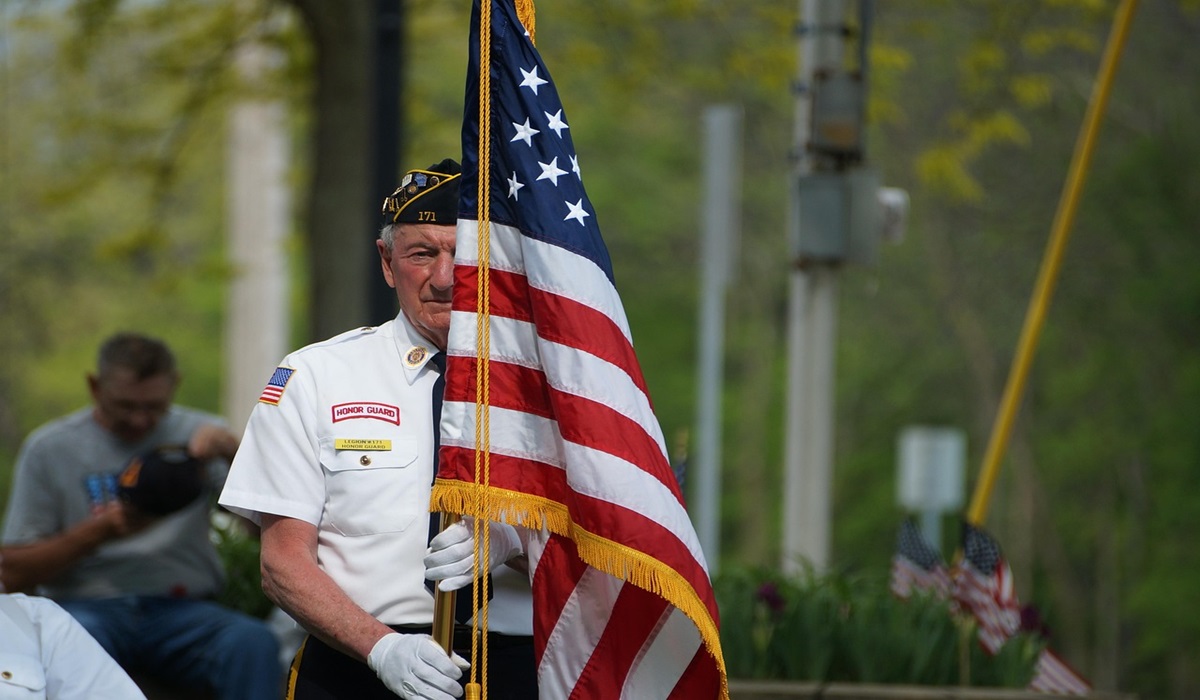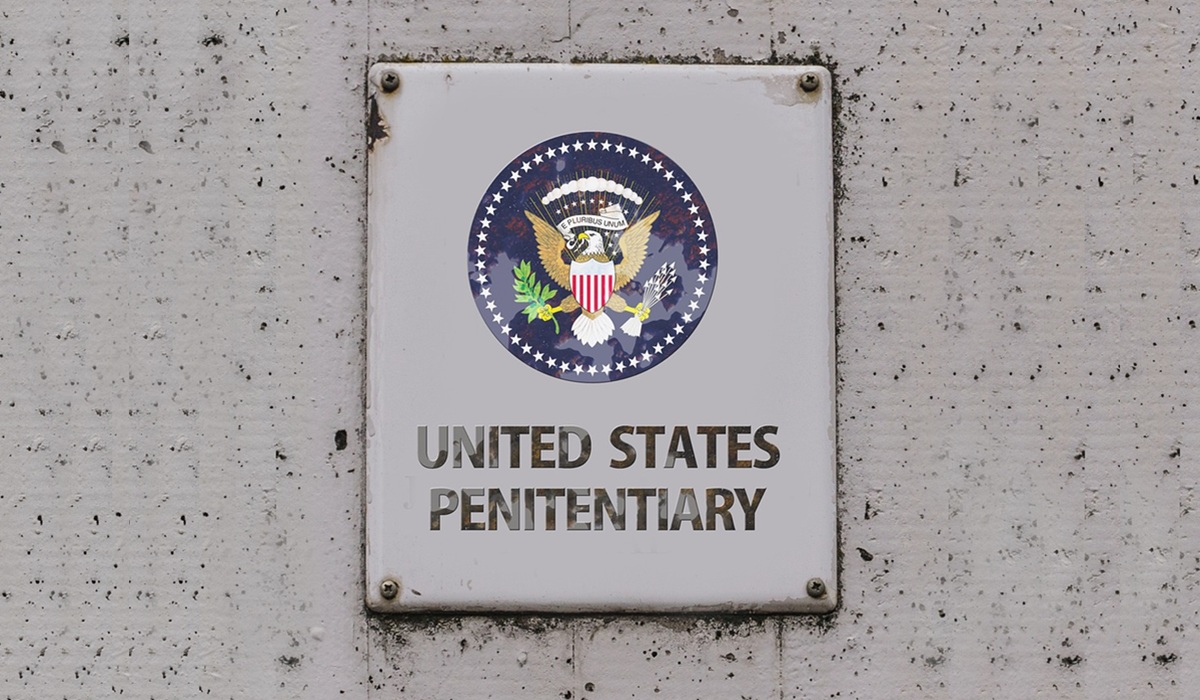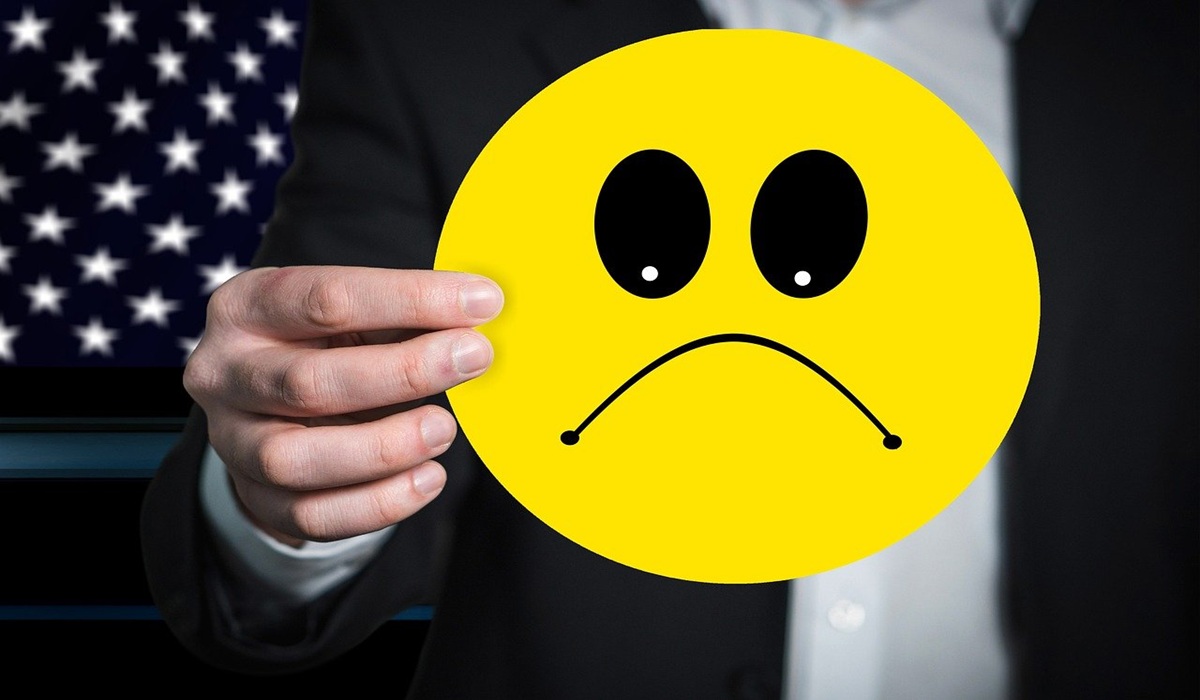Trump’s 250th Anniversary Military Parade Rolls Through Chaos: Celebration or Distraction?
- Ingrid Jones
- U.S.A
- June 14, 2025

Image Credit, Jennifer Ditscheit
A grand military parade is taking place in Washington, D.C. today, June 14, 2025, to mark the 250th anniversary of the U.S. Army, which was founded on June 14, 1775, by the Continental Congress. The event also coincides with Donald Trump’s 79th birthday, though officials insist the focus is on Flag Day and the military’s legacy.
This is the first major military parade in the U.S. capital since the 1991 Gulf War celebration. Today’s display includes around 6,600 soldiers, more than 125 military vehicles including M1 Abrams tanks and Strykers, and an aerial flyover featuring 62 aircraft, from Black Hawks to historic World War II planes.
The parade begins near the National Mall at 6:30 p.m. Eastern Time. It will unfold in chronological segments depicting American military history, followed by a formal flag ceremony, the parade itself, and ending with concerts and fireworks around 9:45 p.m.
The cost of the event is estimated between $25 million and $45 million, covering staging, infrastructure protections like steel plating for roads, and post-event repairs. Part of the funding reportedly comes from private sponsors, including corporate partners aligned with the Trump administration.
At the same time, thousands of people are marching across the country in protest. A broad coalition known as “No Kings” is organizing mass actions in over 1,500 U.S. cities, challenging the parade as a show of authoritarian muscle rather than patriotic unity. The protests span from New York to San Francisco, with smaller but tense gatherings in Atlanta, Austin, and Seattle. While Washington, D.C. itself is under heavy lockdown, protest energy has spilled into surrounding communities like Alexandria and Arlington, Virginia.
Their slogans include, “We reject authoritarianism,” “You can’t parade over poverty,” and “No tanks in our streets.” These actions are not just about the parade—they’re also responses to broader grievances: ICE raids in immigrant communities, expanding federal surveillance, rising inflation, housing insecurity, and the growing militarization of civilian life.
The political optics are hard to miss. Trump is using the Army’s anniversary to stage a high-profile event wrapped in patriotic symbolism while critics accuse him of promoting autocracy. The massive military presence, synchronized with his birthday, has revived fears that the lines between national pride and personal power are dangerously blurred.
Many in the defense establishment are uneasy. Retired generals and former Pentagon officials have raised alarms about the precedent this sets—military leaders being paraded before a sitting president in an election year, especially while military units are being deployed domestically in places like Los Angeles to respond to civil unrest and immigration enforcement clashes.
Public sentiment reflects this unease. A recent poll shows that a majority of Americans disapprove of using public funds for such a display, especially when national infrastructure and basic services continue to suffer from underinvestment. Despite Trump’s assurances that the parade is “a tribute to our military and Flag Day,” his threats to use “very heavy force” against demonstrators paint a stark contrast to the festive tone he’s trying to project.
As tanks roll through Constitution Avenue and fighter jets scream overhead, the country is caught in a stark divide. Some cheer the pageantry as a show of American might and heritage. Others see it as a warning sign: a republic at risk of celebrating its own unraveling. What was intended as a salute to history may ultimately be remembered as a mirror reflecting the fractures of a deeply divided nation.








